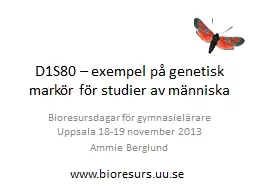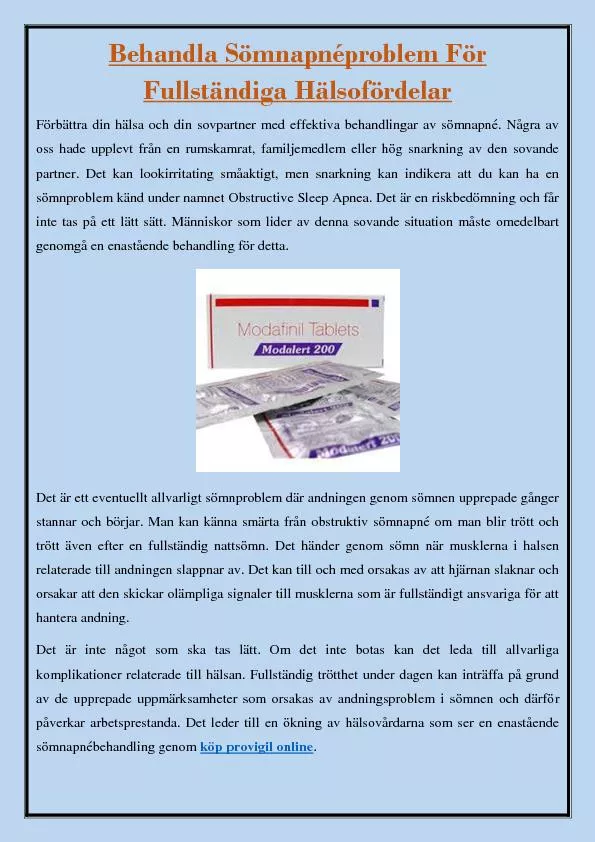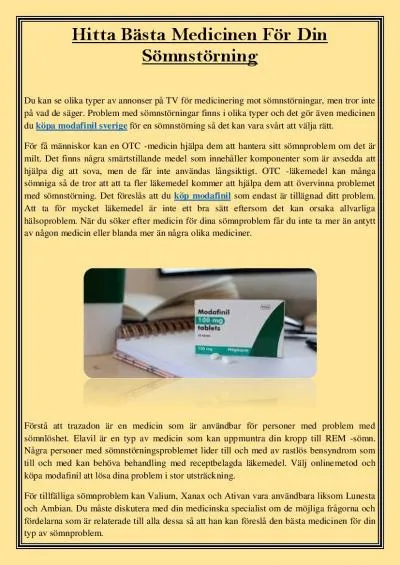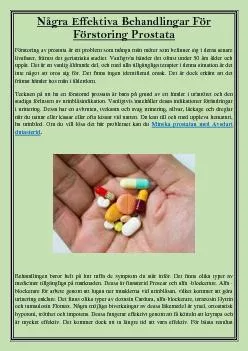PDF-Casirivimab and imdevimab for injectionPage of
Author : abigail | Published Date : 2021-10-10
PRODUCT MONOGRAPHINCLUDING PATIENT MEDICATION INFORMATIONCasirivimab and imdevimab for injectionSolutions for infusion each available as 1332 mg111 mL and 300 mg25
Presentation Embed Code
Download Presentation
Download Presentation The PPT/PDF document "Casirivimab and imdevimab for injectionP..." is the property of its rightful owner. Permission is granted to download and print the materials on this website for personal, non-commercial use only, and to display it on your personal computer provided you do not modify the materials and that you retain all copyright notices contained in the materials. By downloading content from our website, you accept the terms of this agreement.
Casirivimab and imdevimab for injectionPage of: Transcript
Download Rules Of Document
"Casirivimab and imdevimab for injectionPage of"The content belongs to its owner. You may download and print it for personal use, without modification, and keep all copyright notices. By downloading, you agree to these terms.
Related Documents














